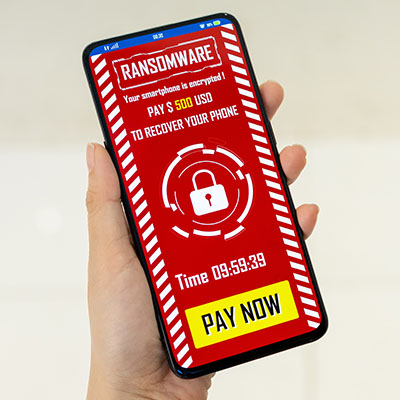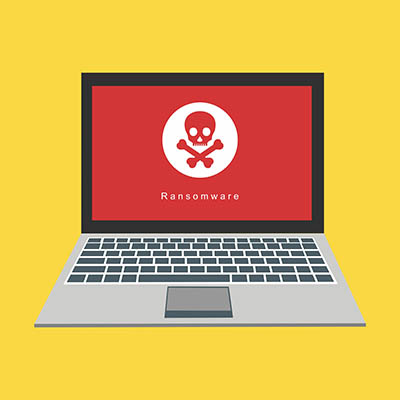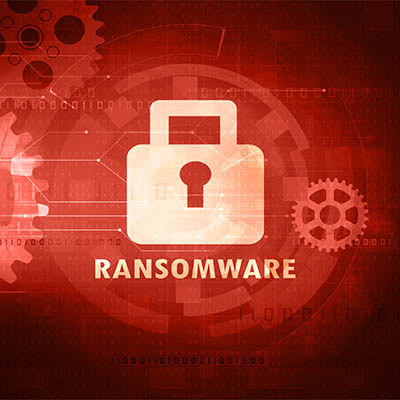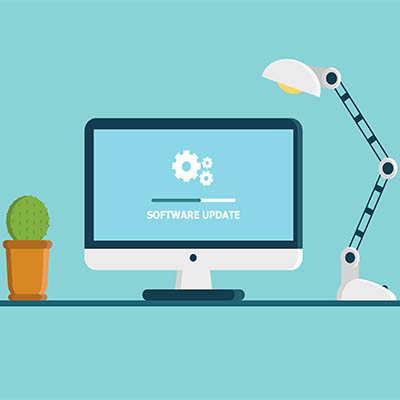Smartphones have managed to hold out against ransomware a bit longer than other hardware and operating systems, but those days are coming to an end. It’s important to remember that the average smartphone is not protected with antivirus software and thus remains threatened by your standard ransomware attacks. It is absolutely critical that your business doubles down on its protection against ransomware, especially in the mobile market.
We all know at this point how dangerous ransomware can be for businesses. It can lock down files, threaten operational continuity, and in some cases subject victims to brutal fines as a result of privacy breaches. One place where you might not expect ransomware to hit, however, is customer reviews, and it all stems from the big question: do you pay to resolve a ransomware attack or not?
Do you ever see an advertisement for a free download of a popular Windows application and think, “Wow, this sure sounds too good to be true!”? Well, it most definitely is, and hackers use these malvertisements to infect computers with malware and other threats. Specifically, malvertising is used to download three different types of malware, all of which can cause harm to unwary businesses.
Network security is challenging for many businesses, and it’s largely because of the large number of various threats that populate the Internet. Some companies simply don’t know what the correct measures to take are, leaving themselves vulnerable to these threats on both a security standpoint and an employee training standpoint. We’ll delve into some of these threats and how they can be addressed.
If you use almost any Apple products, you’ll want to check for and apply an update that will prevent your devices from being spied on. Apple has just issued an emergency software update for a critical vulnerability that was recently discovered. The new updates were pushed out on Monday, September 13th, 2021, and include a major security fix for the Apple iPhone, Apple iPad, Apple Watch, and Apple Mac computers and laptops. The vulnerability is a very serious one known as a “zero click remote exploit.” It allows invasive spyware to infect any of these devices without any sort of end-user action. Whereas the majority of malware requires the user to download something, click on a fraudulent link, join an unsecure network, or hand over a password, this new breed of malware can infect most Apple devices without a single click. Security researchers have traced the spyware back to Israel’s NSO Group, a technology firm that develops remote surveillance spyware. The spyware, called Pegasus, can be deployed to any Apple iPhone, iPad, Apple Watch, or Mac without the user being aware of it, and can allow both governments or criminals to turn on your camera and microphone, record messages, texts, emails, and calls, even if you are using encrypted services. It’s essentially giving the cybercriminal full control over your device without you knowing it. How to Check If You’ve Been Infected by the Pegasus Zero-Click Spyware Here’s the worst part—you’ll never know if you have this on your phone or device. If the spyware is on your device, it’s virtually invisible to you. You won’t see the typical tell-tale signs of an infection, such as strange text messages, suspicious links, or any other notification. It’s simply there, possibly running at any given moment, recording what you are doing and sending everything to NSO Group and their clients. If that’s not bad enough, security researchers believe that this spyware has been around since at least March of 2021, and with more than 1.65 billion Apple products on the market today… Let’s just say we should all be taking this very seriously. Update Your Apple Devices Right Now: Here’s How to Do It Apple iPhone and iPad Before you update, back up your device using iCloud or your computer. Plug your device into power and make sure you are connected to the Internet with Wi-Fi. Go to Settings > General, then tap Software Update. Tap Install Now. If you see Download and Install instead, tap it to download the update, enter your passcode, then tap Install Now. Apple macOS on a Mac Computer Go to the Apple menu in the corner of your screen. Choose System Preferences. Click Software Update. Click Update Now or Upgrade Now. Repeat this process in case further updates are available. For more information, check out Apple’s Update documentation. Apple Watch Connect your Apple Watch to Wi-Fi. Ensure that your watch is at least 50% charged, or plug it in to power. You’ll want to make sure your iPhone is running the latest version of iOS. On your iPhone, open the Watch app and tap My Watch. Tap General > Software Update. Download the update. Wait for the progress wheel to appear on your Apple Watch. It could take several minutes to an hour for the update to […]
You’d think that cybercriminals would use ransomware to target high-profile businesses with loads of money to extort, but this is not always the case. Even a small business can fall victim to these particularly devastating threats. Ransomware, just like other threats out there, has continued to evolve and adjust its approaches based on the current cybersecurity climate, so what are some of the latest developments in ransomware?
Ransomware is bad stuff, and it’s only gotten worse with its recent resurgence that aligned with the COVID-19 pandemic. Phishing attacks and other means by which ransomware is commonly spread have used the current atmosphere as a springboard. This makes it even more critical that these kinds of behaviors and attempts can be spotted and stopped.
With so many high-profile ransomware attacks being launched against manufacturers, pipelines, and even hospitals, it’s no surprise that many companies are worried about what the future of this threat means for their organizations. Ransomware poses a serious threat, one that cannot possibly be ignored, so we urge you to take action now so you don’t come to regret it later.
Network security isn’t just for large, high-profile enterprises; even small businesses need to take it seriously. All businesses have something of value to hackers, and if you don’t believe this is the case for your organization, think again. All data is valuable to hackers, and you need to do everything in your power to protect it—especially against threats like Agent Tesla, the latest version of phishing malware designed to steal your data.
It’s no secret that software often does not work as intended. Developers frequently discover bugs and patch them out. The same can be said for security vulnerabilities. Despite the importance of these updates, small businesses often fail to implement these patches and updates in a timely manner, a practice which can lead to more problems down the road.










